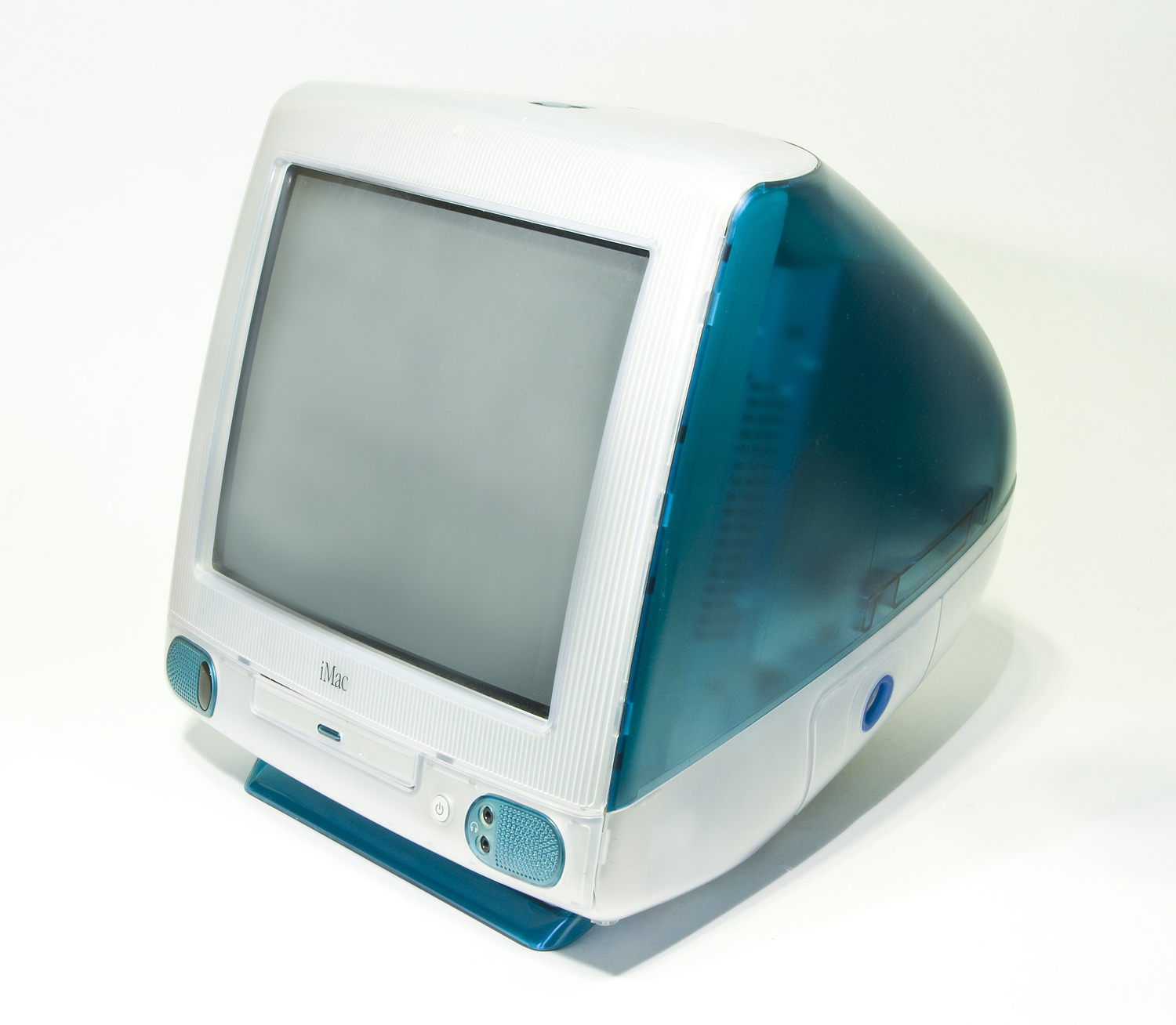

- #Apple color computer 90s software#
- #Apple color computer 90s plus#
- #Apple color computer 90s mac#
- #Apple color computer 90s windows#
#Apple color computer 90s mac#
The Macintosh Classic, essentially a cheaper version of the Macintosh SE, sold for a price of $999, making it the cheapest Mac until the release of the Mac mini. Apple's response was a range of inexpensive Macs introduced on October 1990.
#Apple color computer 90s windows#
The release of Microsoft Windows 3.0, widely seen as the first version of Windows to actually challenge the Mac, was released in May 1990, and it created an usable and cheaper alternative to the Macintosh platform. (Kelby 2002)Ī HISTORY LESSON ON THE MAC (1990-PRESENT) The SE shared some of the II's aesthetics, such as its new ergonomic mouse and keyboard. Along with the Mac II, the Macintosh SE was released, the first compact Mac with an expansion slot. It had an open architecture with several expansion slots, and it supported color graphics. Updated Motorola CPUs made a faster machine possible, and in 1987, Apple took advantage of the new Motorola technology, and introduced the Macintosh II, which utilized a 16-MHz Motorola 68020 processor. Other issues remained, particularly low processor speed and limited graphics ability, which had hobbled the Mac's ability to make inroads into the business computing market.
#Apple color computer 90s plus#
The Plus was an immediate success and remained in production for four years. Its floppy drive was increased to 800 kilobyte capacity.

It offered one megabyte of RAM, expandable to four, and a then-revolutionary SCSI parallel interface, allowing up to seven peripherals, such as hard drives and scanners, to be attached to the machine. The result was the Macintosh Plus, released in 1986. Although by 1985 the Mac's base memory had increased to 512 KB, and it was possible, albeit inconvenient, to expand the memory of a 128 KB Mac, Apple realized that the Mac needed to be improved. However, the limitations of the first Mac soon became clear: It had very little memory, even compared to other personal computers in 1984, and could not be expanded easily it lacked a hard drive or any means to attach one easily.

"In 1985, the combination of the Mac and its graphical user interface with Aldus Pagemaker, a desktop publishing program, and Apple's LaserWriter printer enabled a low-cost solution for designing and previewing printed material, an activity that came to be known as desktop publishing. Many users, accustomed to the arcane world of command lines, labeled the Mac a "toy computer".
#Apple color computer 90s software#
It was a challenging undertaking that many software developers shied away from, which initially led to a lack of software for the new system. Because the machine was entirely designed around the GUI, existing text-mode and command-driven programs had to be redesigned and rewritten. It was bundled with two useful programs designed to show off its interface: MacWrite and MacPaint. On January 24, 1984, the Macintosh was released for a retail price of $2,495.00. Jobs' leadership at Apple ended in 1985 when there was an internal power struggle with Apple's CEO John Sculley. After his visit to Xerox, Jobs hired Harmut Esslinger to work on the Macintosh line. Jobs, hearing about a new graphics user interface being developed at Xerox, traded Apple stock options to see the GUI. Raskin left in 1981 due to personality differences with Jobs. Jobs realized the Macintosh was more marketable than Lisa so he focused his attentions on the new system. This design caught the eye of Steve Jobs, the co-founder of Apple. The final Mac design was self-contained and had a non-expandable 128 kilobyts of RAM. This design used few RAM chips than Lisa, the other computer that was being developed by Apple, and was mych cheaper. By December 1980, Smith was able to design a board that utilized 68000 and had the capacity to support a 384x256 bitmap display. Smith built the first Macintosh board according to Raskin's specifications: 64K of RAM, Motorola 6809E microprocessor, and had the ability to support a 256x256 B&W white bitmap display.


 0 kommentar(er)
0 kommentar(er)
